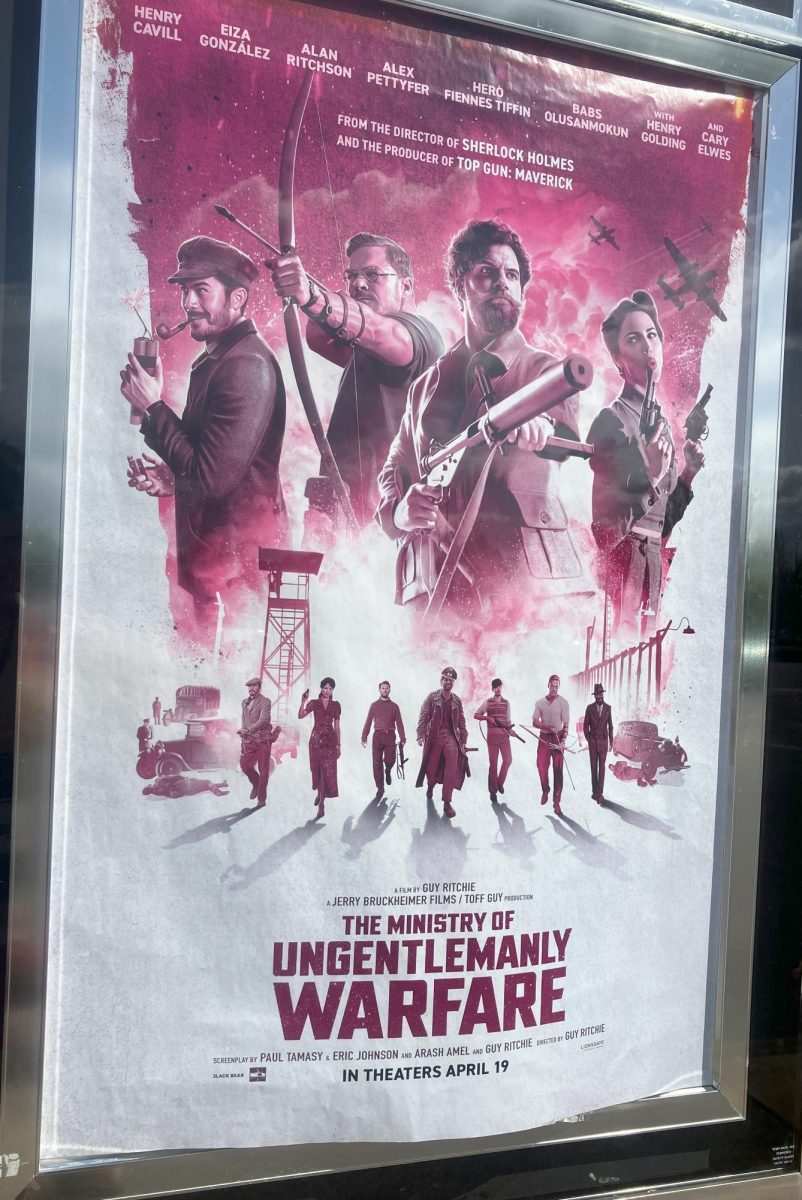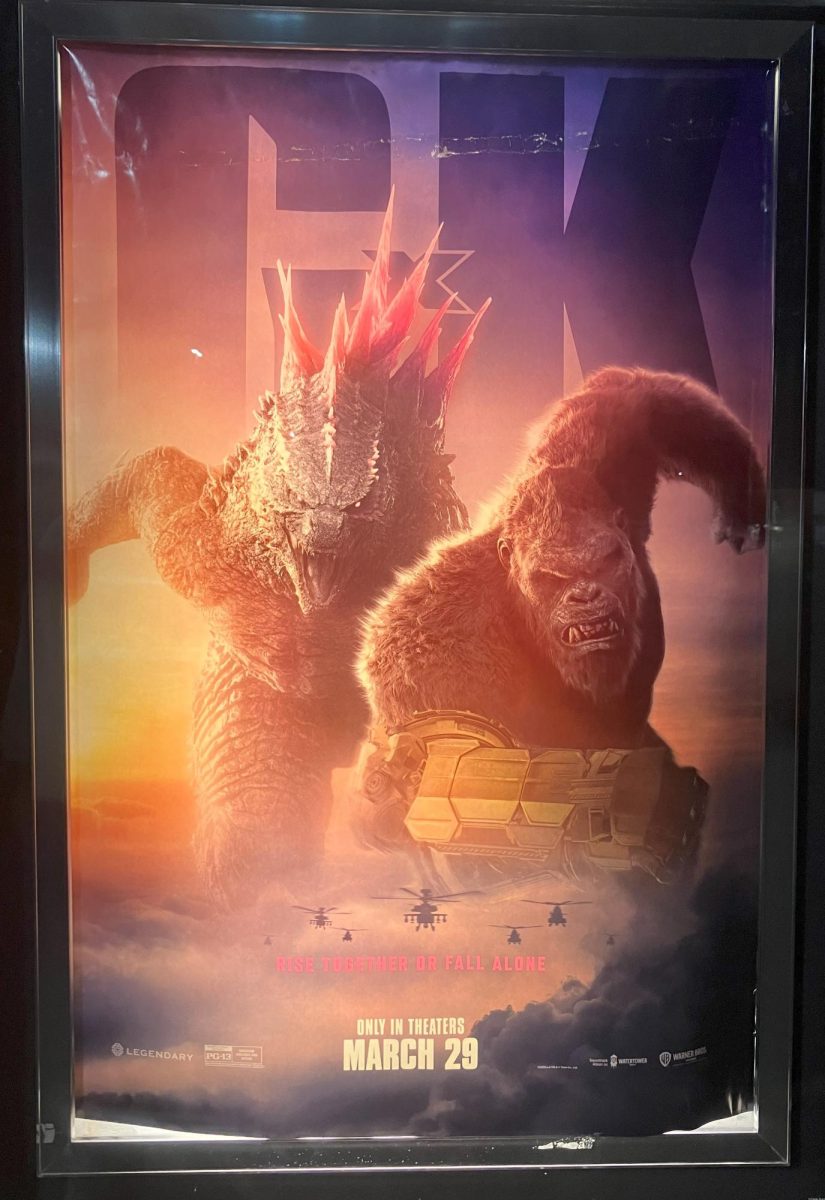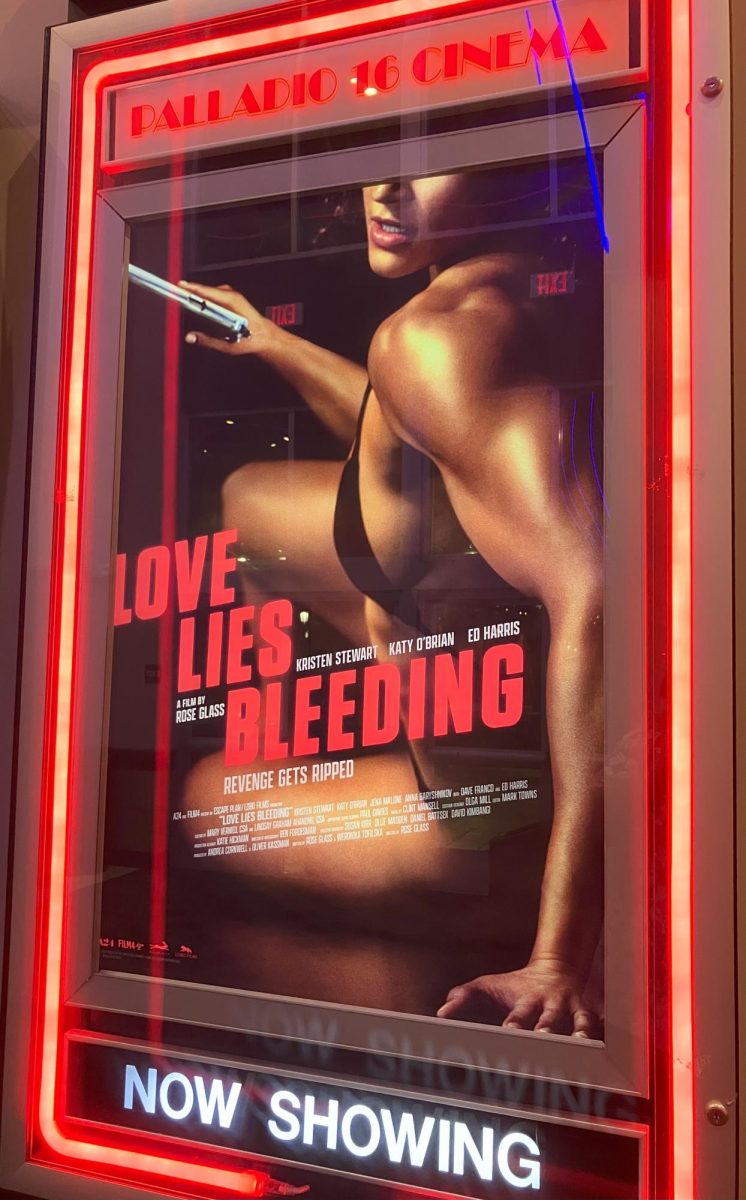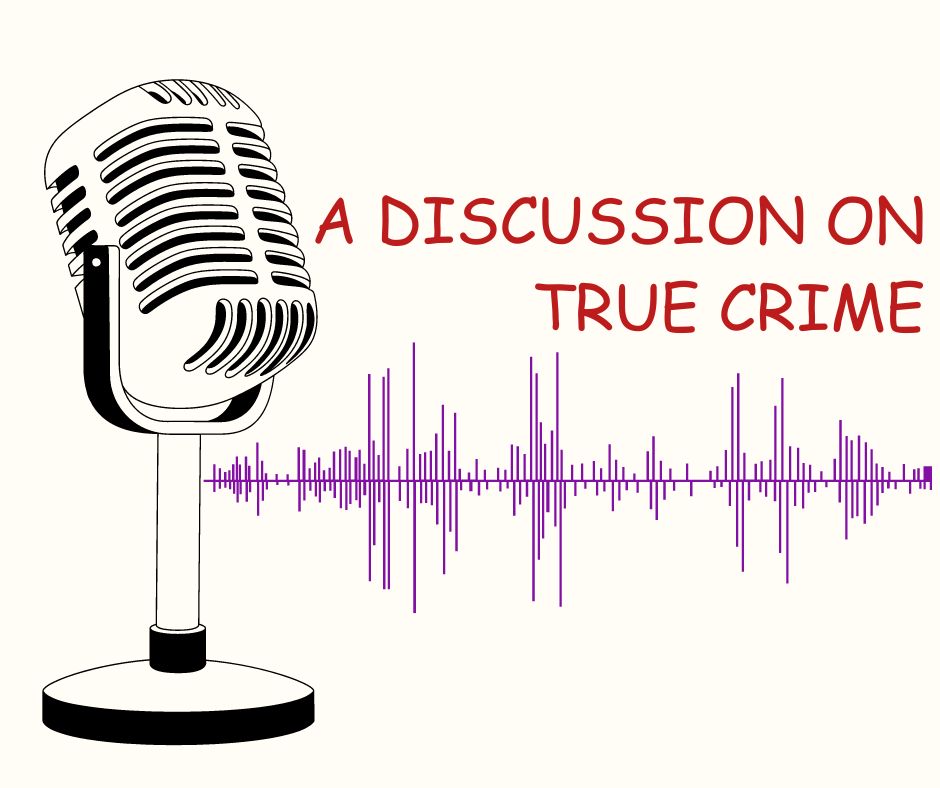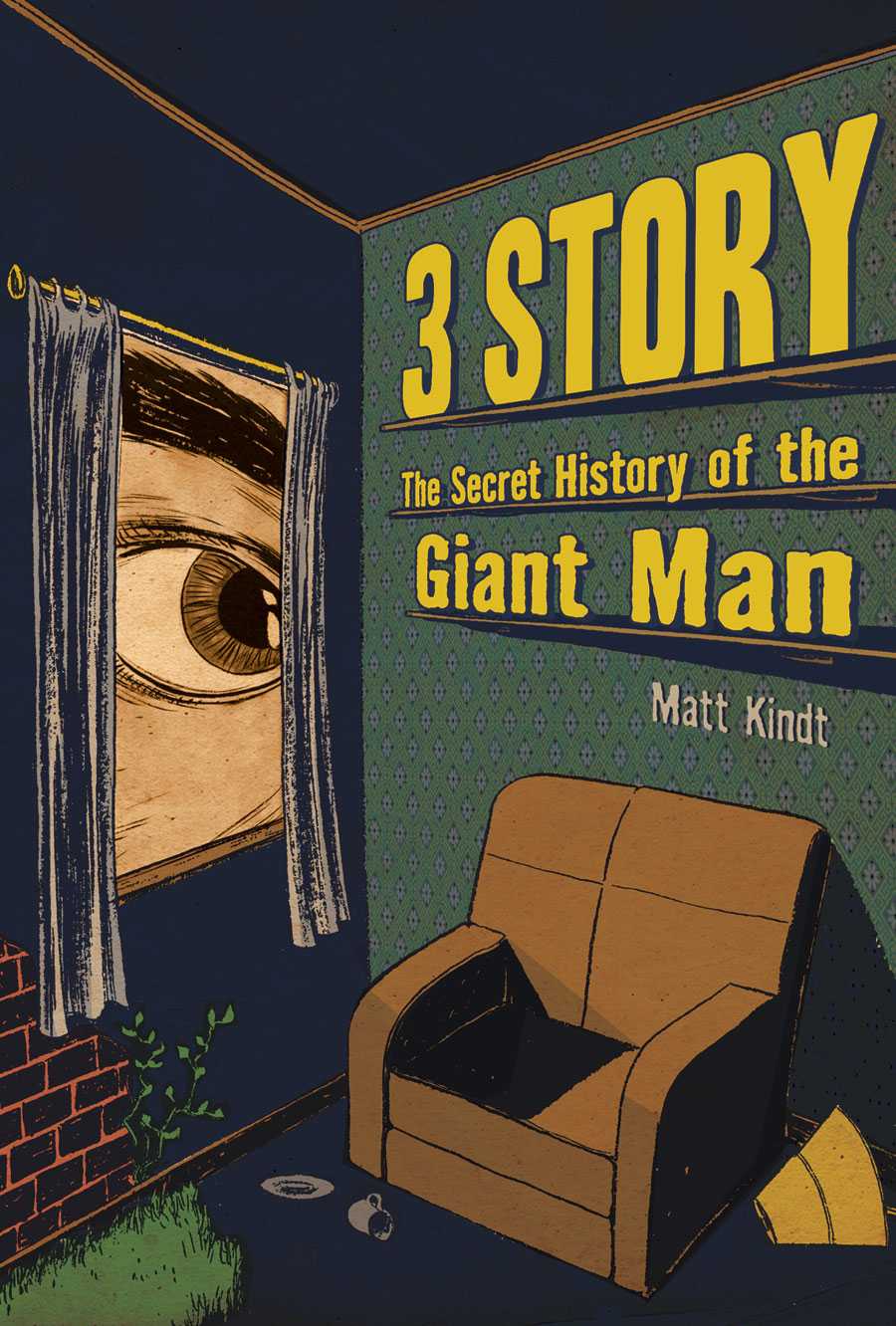
“3 Story: The Secret History of the Giant Man” is a must-read for any graphic novel lover. It is full of government secrets, love, pain and adventure.
The story begins during World War II and continues through three generations. Each generation has its own story to tell.
The first story is of a mother who loss her husband to war and is left alone with her son. Her loss causes her to fight growing feelings of depression and loneliness, which are mirrored by her son’s increasing physique. The son has a tumor in his brain that causes him to grow taller and taller, and his distance from humanity grows, as well.
The wife of the giant man tells the second story, and the third is from the point of view of their child.
The reader is drawn in first by the fairy tale idea of, “What it would be like to be a giant,” and is then shown the reality of living in a world that isn’t meant for you. What would you do if you were as tall as buildings? How would you survive, let alone live?
“I have a second cousin who suffered from the malady that the Giant Man suffers in the book — the tumor that made him grow; however, my cousin had an operation that stopped his growth. On the way home a couple years ago after meeting him for the first time, I began imagining what it would be like to have continued on growing. What would your life be like as a three-story-tall giant? The rest just fell into place,” creator Matt Kindt said about the impetus behind the comic.
One must not only have inspiration for a story, but also for making it come to life.
“I grew up reading comics — so old 1980s Marvel and DC comics were my initial inspiration, and as I got older, and I started looking for work that still spoke to me,” Kindt said. “I stumbled across Dan Clowes and Eightball. Those first few issues and the book ‘Like a Velvet Glove Cast in Iron’ were a revelation and made me realize that comics could be something more. They could hit all the buttons that great prose and movies hit but in a unique way that only comics can.”
Gentle and fragile lines that embraced with gentle watercolors fill the pages. Dynamic angles and content tell a tale that only in this way, could such a wonderful story be told.
How was this style created?
“I read a lot of prose,” Kindt said. “‘Catch-22’ was probably the most influential book that I’ve read that I can point to and be conscious of its influence. I watch a lot of movies, as well. What I ended up doing, though, is reading and watching these things and pulling them apart to see what makes them work. I find becoming aware of the power of other mediums and learning what movies can do and what prose can do makes me a lot more aware of my own medium. I approach every book with the idea of making something that can only work in comics. My ultimate goal is to create a work that can’t be duplicated effectively in any other medium.”
Kindt has been well received by critics with Harvey Award and Eisner Award nominations and Time Magazine’s top 10 (for graphic novels) feature. Kindt said it took a bit skill to get published.
“I had it relatively lucky,” he said. “My first book [Pistolwhip] I completed and had bound and copied, and I took it to San Diego Comic Con and handed it to all the publishers and editors who I thought would be appropriate for the work. I got home, and a week later Top Shelf called with an offer to publish. It seemed easy, but the key there was to actually complete the entire book first. I was a nobody coming in off the street, so there’s rarely any interest in someone like that until you’ve proved yourself. Can you complete a full-length book and make it all work? That first book is hard — you’ve got to finish it and show that you can do it. After that it gets much easier.”
Overall, this book is a must-read. If you haven’t picked up a comic before, start with this one. It isn’t the typical cheesy superhero comic, but rather a story that has the same impact as a great traditional novel. If you read it and find yourself thirsting for more, the publisher, Dark Horse Comics, offers a mini story of the Giant’s trip to Paris Online at http://www.darkhorse.com.
Megan Myer
Photo editor Megan Myer can be reached at [email protected]


